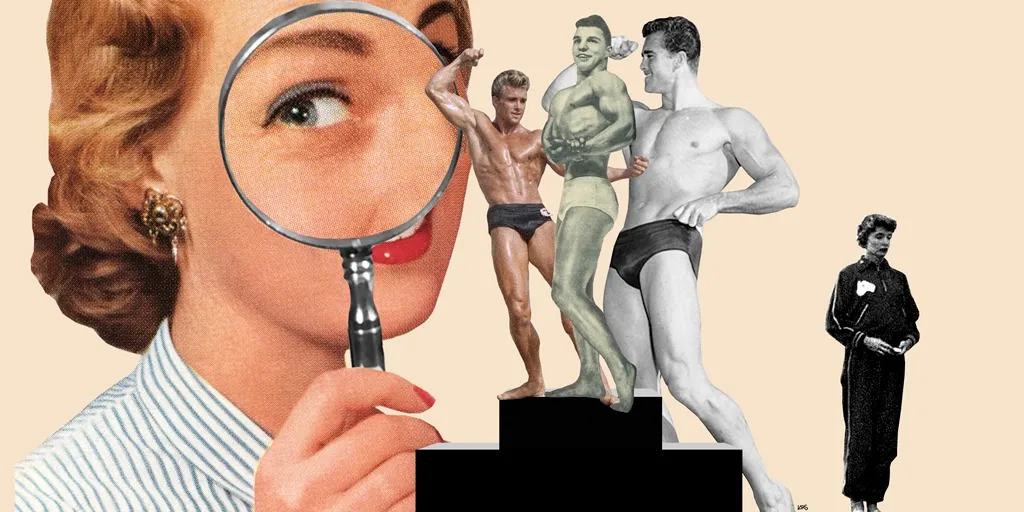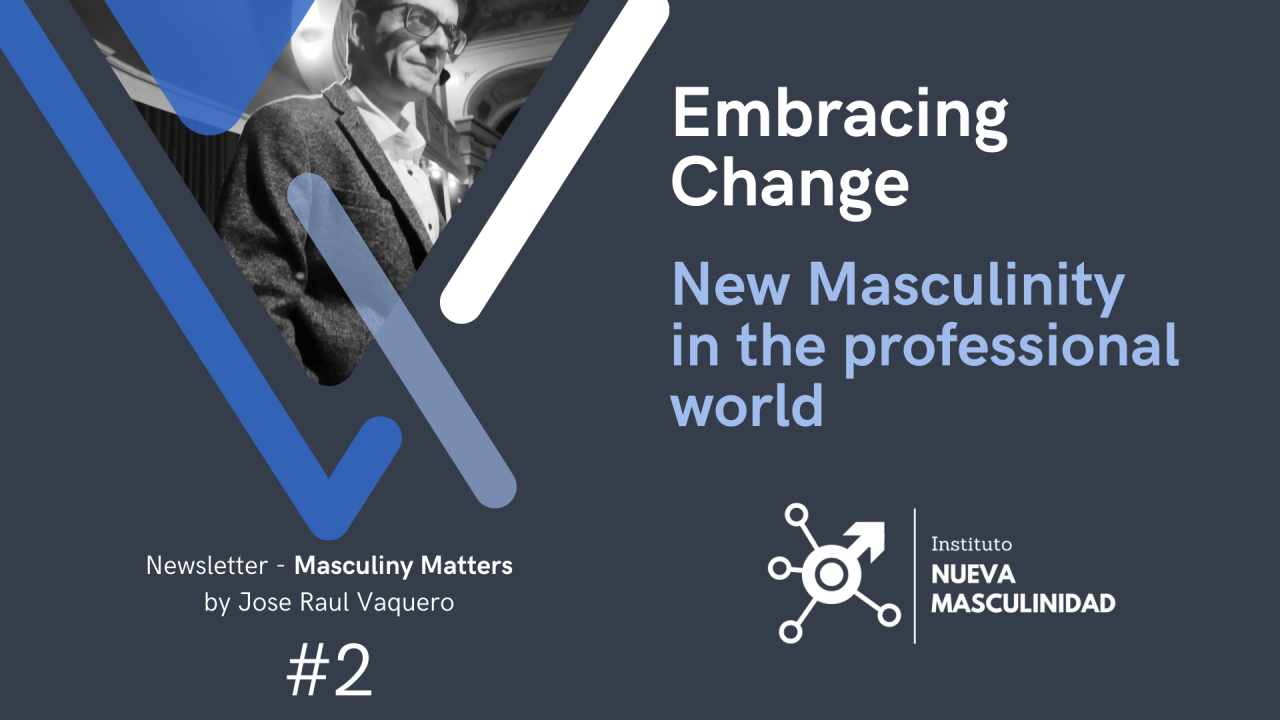Masculinity in Transition: Navigating Identity in a Changing World
Introduction
Masculinity in Transition. Masculinity has long been associated with specific traits—strength, stoicism, and dominance. However, as society evolves, the understanding of what it means to be masculine is also changing. The traditional definitions are being questioned, and new, more inclusive versions of masculinity are emerging. This transition offers both challenges and opportunities as men navigate their identities in a world that increasingly values diversity and emotional intelligence.

Shifting Definitions of Masculinity
Traditional Masculinity
For centuries, masculinity has been defined by a narrow set of characteristics:
- Strength and Stoicism: Men have been expected to be physically strong and emotionally restrained.
- Dominance and Control: Traditional masculinity often emphasizes power over others, particularly in relationships and social hierarchies.
Example: Historical Expectations
In many cultures, men have been seen as the primary providers and protectors, roles that often required them to suppress vulnerability and avoid expressing emotions.
The Emergence of a New Masculinity
Today, the concept of masculinity is undergoing a significant transformation:
- Emotional Intelligence: Modern masculinity encourages men to embrace emotions, express vulnerability, and develop deeper connections with others.
- Diverse Expressions: Men are increasingly rejecting rigid gender roles, exploring interests, and identities that may have been considered “unmasculine” in the past.
Example: Positive Role Models
Public figures who openly discuss their mental health struggles and advocate for emotional well-being are helping to redefine masculinity, showing that strength includes being open about challenges.
Challenges in Navigating the Transition
Internal Conflicts
Many men struggle with reconciling traditional expectations with the evolving understanding of masculinity:
- Fear of Judgment: Men may worry about being judged or ridiculed for not conforming to traditional masculine norms.
- Identity Crisis: The shift in gender norms can lead to confusion or insecurity as men question what it means to be masculine.
Example: Peer Pressure
In some social circles, traditional masculinity is still highly valued, and men who deviate from these norms may face peer pressure to conform.
External Pressures
Society’s evolving expectations also create external pressures:
- Cultural Expectations: Different cultures and communities may have varying standards for masculinity, making it difficult for men to navigate their identities.
- Media Influence: Media portrayals of masculinity often reinforce stereotypes, even as they begin to feature more diverse representations.
Example: Media Stereotypes
While there are more positive representations of masculinity in media today, many films and shows still glorify traditional masculine traits like aggression and emotional detachment.
Opportunities for Growth and Redefinition
Embracing Vulnerability
One of the most significant opportunities in the transition of masculinity is the embrace of vulnerability:
- Building Stronger Relationships: By allowing themselves to be vulnerable, men can build more authentic and meaningful relationships with others.
- Personal Growth: Embracing vulnerability can lead to greater self-awareness and emotional resilience.
Example: Open Conversations
Men’s support groups and online communities that encourage open conversations about emotions and mental health are helping to normalize vulnerability as a masculine trait.
Expanding Masculine Identity
As masculinity becomes more inclusive, men are finding new ways to express their identities:
- Creative and Nurturing Roles: Men are increasingly participating in roles traditionally associated with femininity, such as caregiving and the arts.
- Gender Fluidity: Some men are exploring gender fluidity, rejecting the binary notions of gender altogether.
Example: Gender-Fluid Fashion
The rise of gender-fluid fashion allows men to express themselves through clothing and style without being confined to traditional masculine aesthetics.
Conclusion
Masculinity is in a state of transition, reflecting broader societal changes that value diversity, inclusivity, and emotional intelligence. While navigating this evolving landscape presents challenges, it also offers men the opportunity to redefine what it means to be masculine. By embracing vulnerability, expanding their identities, and rejecting rigid norms, men can create a new, more inclusive understanding of masculinity that allows for greater personal growth and fulfillment. As society continues to evolve, the concept of masculinity will likely continue to change, offering new ways for men to navigate their identities in a complex and dynamic world.



